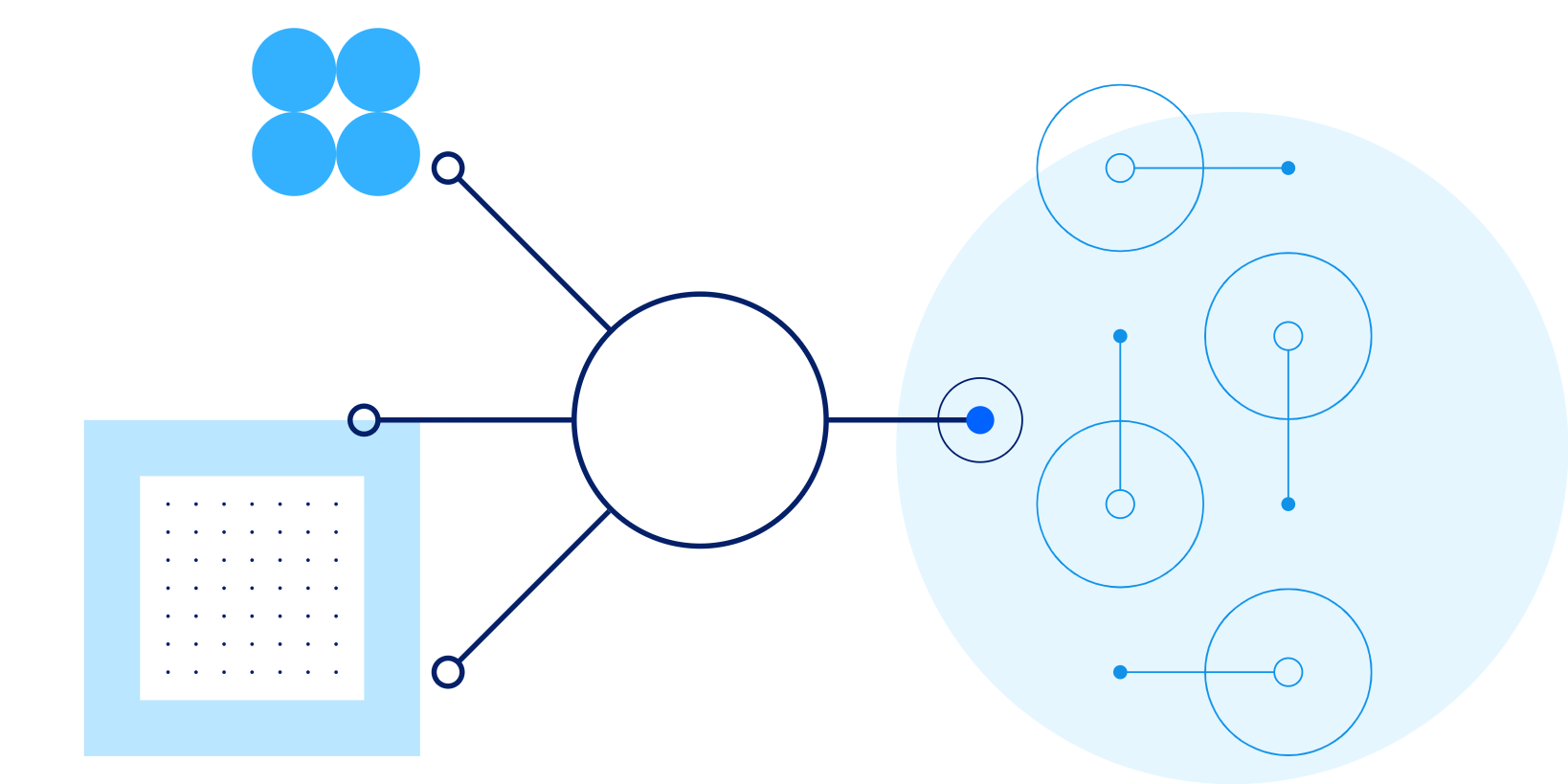About cookies on this site Our websites require some cookies to function properly (required). In addition, other cookies may be used with your consent to analyze site usage, improve the user experience and for advertising. For more information, please review your options. By visiting our website, you agree to our processing of information as described in IBM’sprivacy statement. To provide a smooth navigation, your cookie preferences will be shared across the IBM web domains listed here.
Perspectives
CICS 50th Anniversary
19 September, 2019 | Written by: Nick Garrod
Categorized: Perspectives
Share this post:
This year is a Golden Jubilee for innovation. These 50-year anniversaries include the first US ATM; the first successful heart transplant; the Moon landing. And perhaps less well-known to most people is that the IBM software product called CICS was born in 1969.
It was designed to fill a gap in the Public Utilities market, but its value to other industries was soon clear. CICS has underpinned worldwide infrastructures ever since.
In a single second, Twitter handles 8,000 tweets; Facebook has 16,000 posts; there are 16,500 Tinder swipes; 30,000 Snapchat snaps; over 63,000 Google searches; 71,000 YouTube views. In that same second, CICS handles 1.1 million transactions. Every second. Every day.
No wonder it is celebrated as one of IBM’s 100 Icons of Progress.
CICS continues to excel in finance, insurance and securities. Essential businesses the world over rely on it as the backbone of their financial systems, online trading, electronic ticketing, payroll, order entry and processing, and retail distribution. Our Made with Z picks out just some of those examples today.
It has adopted appropriate new technologies as they have appeared, to enrich the capabilities of CICS and the programs that run on it. That’s just one of the reasons CICS has thrived for five decades.
Its original architecture has enabled succeeding generations of developers to augment and restructure their applications to take full advantage of software and hardware advances supported by CICS. DATEV and Bankdata exploited CICS Java support to turbocharge their apps. Sparda enabled digital transformation for their WAS Liberty support.
CICS is available across software platforms, and best known for running on IBM Z hardware with z/OS, for a combination of scale, manageability, security and performance that’s unparalleled by any other product. It’s why an expert like Phil Manchester (Personal Computer Magazine) says: “CICS is probably the most successful piece of software of all time. It is the mainstay of business computing.’
And as Martin Kelly Campbell says in his history of the software industry: “Although most people are blissfully unaware of CICS, they probably make use of it several times a week, for almost every commercial electronic transaction they make… In the whole scheme of things, CICS is much more important than Microsoft Windows.”
At the start of this century, when web services and SOA saw users start to browse and online, transactions rates leapt up, and CICS coped with these spikes in workloads. The same happened again as mobile devices became pervasive – CICS ensured that systems of record could cope with these fast and frequent new demands. Companies like China Construction Bank know they can rely on CICS for the latest phenomenon of single-day special sale events like “Black Friday” that drive huge spikes in transaction rates not seen for most of the year.
CICS has evolved and innovated greatly over half a century and continues to develop new ways of satisfying the demands of the industries that keep our modern world running – and looking to the next 50 years.

Nick Garrod
Market Enablement Specialist for CICS, IBM Systems
More stories
By Helen Gowler on 3 October, 2024
Generative AI: driving a new era of HR transformation
Helen Gowler, Partner, EMEA Talent & Transformation Lead Today, I’m proud to be part of a company that’s committed to addressing gender bias in the tech industry. IBM is pioneering the use of AI to tackle this issue, and I’m excited to contribute to this effort. Our team is developing AI models that can detect […]
By Mark Restall on 18 July, 2024
Multi-Modal Intelligence Platform
Traditionally, data management systems provided only numerical or textual based business intelligence primarily for back-office users across finance, sales, customer management and supply chain. Today, we are increasingly seeing data management systems which drive key business functions requiring interrogation of multi-modal data sets from documents, presentations, images, videos to audio. This demands a more sophisticated […]
By Mark Restall and others on 16 July, 2024
The use of GenAI to Migrate and Modernise Organisational Core Programming Languages
GenAI is hugely powerful and supports a diversity of use cases by focusing on routine work – allowing people to focus time on value-add tasks, thus enhancing productivity. The focus of this use case is for an organisation which had previously focussed on a legacy set of tooling and programming languages and needed a way […]





























